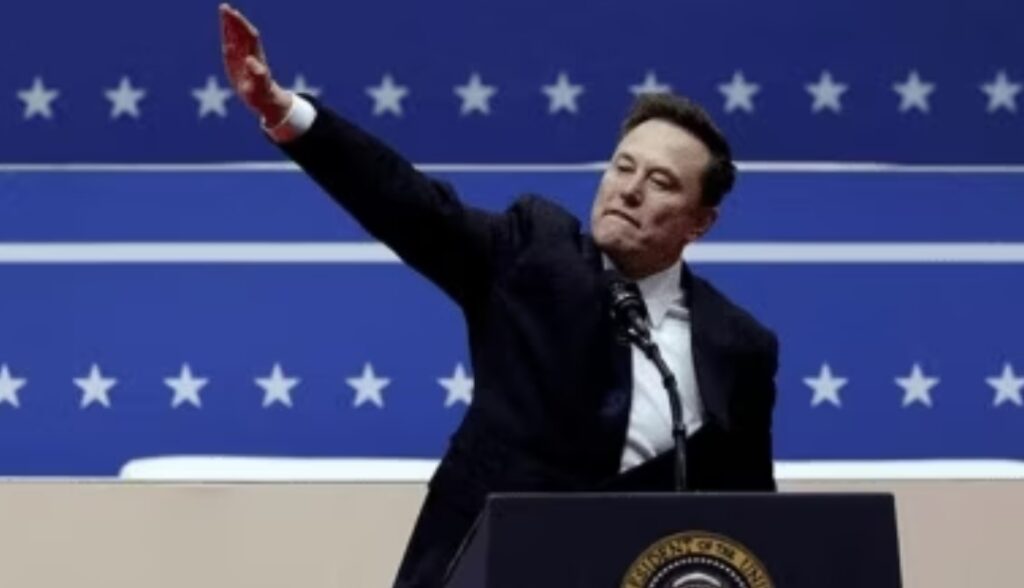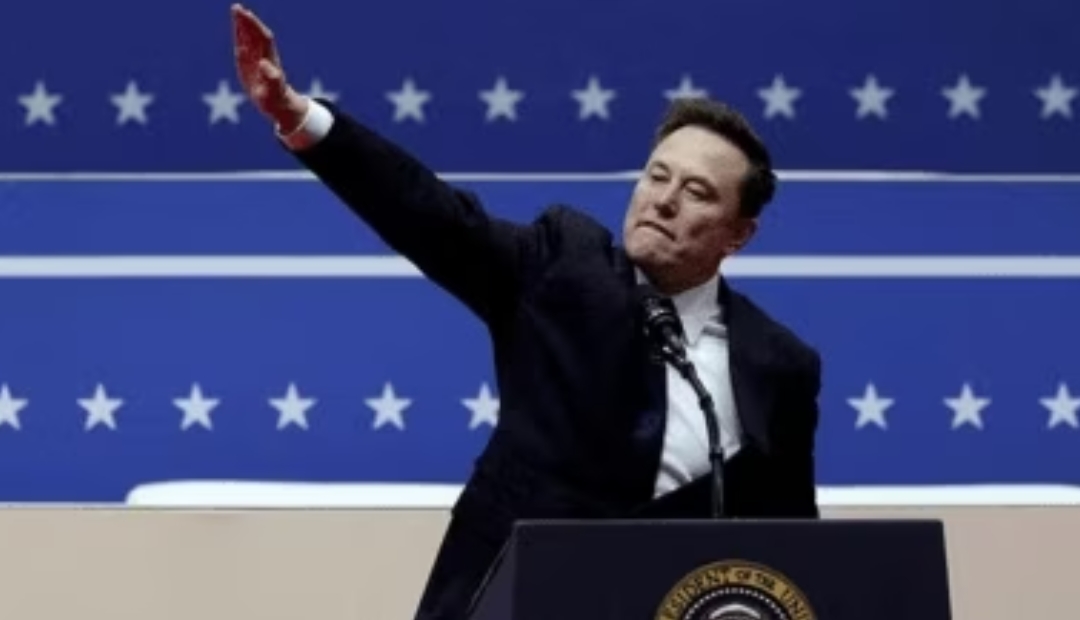
Introduction
Elon Musk, the enigmatic billionaire and CEO of Tesla, SpaceX, and X (formerly Twitter), has once again found himself at the center of controversy. Recently, allegations surfaced suggesting that Musk performed a gesture resembling a Nazi salute during a public appearance. Such claims have sparked widespread debate and criticism across social media platforms. This article delves into the incident, the origins and implications of the Nazi salute, and the broader historical context surrounding this controversial gesture.
The Allegation: What Happened?
The controversy began when a video clip of Elon Musk surfaced online. In the footage, Musk is seen making a gesture that some viewers interpreted as a Nazi salute. The clip quickly went viral, with critics accusing Musk of endorsing hate symbols, while others defended him, arguing that the gesture was taken out of context. Musk has not issued a formal statement regarding the allegations, leaving the public to speculate about his intent.
Historical Context of the Nazi Salute
The Nazi salute, also known as the “Hitler salute,” was a gesture adopted by Adolf Hitler and the Nazi Party in 1930s Germany. It involves extending the right arm forward with the palm facing downward. This salute became a symbol of allegiance to the Nazi regime and is now globally recognized as a symbol of hate, antisemitism, and totalitarianism. Following World War II, the salute was banned in Germany and many other countries, with strict laws against its public display.
The Impact of Misinterpretation
Public figures like Elon Musk are often under intense scrutiny, and even unintended gestures can lead to significant backlash. Misinterpretation of actions can result in reputational damage, affecting personal and professional credibility. In this case, the lack of clarity surrounding Musk’s intentions has amplified the controversy.
The Role of Social Media
Social media platforms played a pivotal role in amplifying the allegations against Musk. Hashtags and viral tweets have fueled both criticism and support, with polarized opinions dominating the discourse. While some users demand accountability, others call for a more nuanced understanding of the context before jumping to conclusions.
Legal and Ethical Considerations
In many countries, performing or displaying Nazi symbols is not only socially condemned but also illegal. For instance, Germany has stringent laws prohibiting the use of Nazi-related imagery and gestures. While Musk’s gesture occurred outside such jurisdictions, the ethical implications remain significant, given the global nature of his influence.
Lessons for Public Figures
The controversy highlights the importance of mindfulness for public figures. Gestures, words, and actions can carry unintended connotations, particularly when broadcasted to a global audience. Public figures must remain conscious of their actions to avoid misunderstandings and unintentional harm.
Conclusion
The allegation against Elon Musk serves as a reminder of the power of symbolism and the importance of historical awareness. While it remains unclear whether Musk’s gesture was intentional or a simple misunderstanding, the incident underscores the need for responsible behavior, especially from influential personalities. As the debate continues, it is crucial to approach such controversies with critical thinking, ensuring that discussions are informed and respectful.
FAQs
1. What is the Nazi salute?
The Nazi salute is a gesture historically associated with Adolf Hitler and the Nazi Party, symbolizing allegiance to their regime. It is widely recognized as a symbol of hate and is illegal in many countries.
2. Did Elon Musk intentionally perform a Nazi salute?
There is no concrete evidence to suggest that Elon Musk intentionally performed a Nazi salute. The incident is widely debated, with interpretations varying among observers.
3. Why is this controversy significant?
This controversy highlights the importance of historical awareness and the impact of actions by influential figures. It also emphasizes the role of social media in shaping public opinion.
4. What should public figures learn from this incident?
Public figures should be mindful of their actions and the potential for misinterpretation. Awareness of cultural and historical contexts is essential to avoid controversies.


